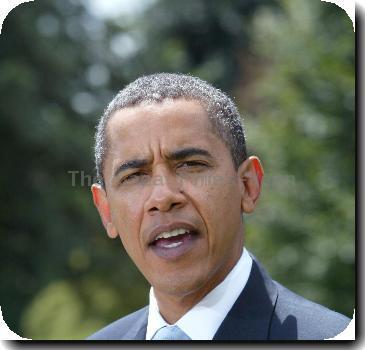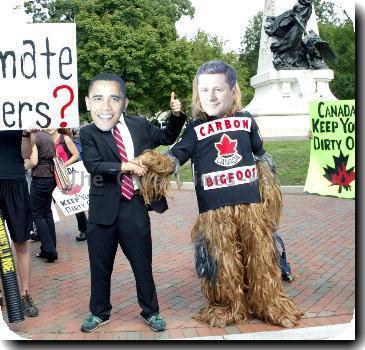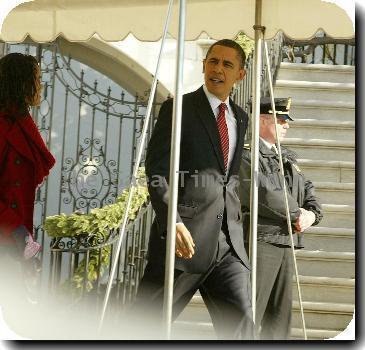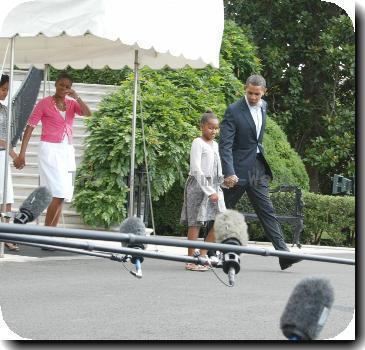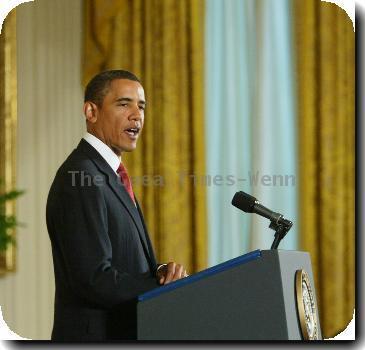January unemployment rate drops unexpectedly to 9.7 percent; employers cut 20,000 jobs
By APFriday, February 5, 2010
January unemployment rate drops to 9.7 percent
WASHINGTON — The outlook for jobs remains bleak despite January’s unexpected decline in the unemployment rate, which fell to 9.7 percent from 10 percent in December.
A Labor Department survey of households found that 541,000 more Americans had jobs last month. But most of those gains were attributed to seasonal adjustments to the data. Without those adjustments, which account for reduced hiring during winter, the data show fewer people had jobs last month.
The department also revised its past employment estimates to show that job losses from the Great Recession have been much worse than previously stated. The economy has shed 8.4 million jobs since the downturn began in December 2007, up from a previous figure of 7.2 million.
Analysts think the economy might generate 1 million to 2 million jobs this year. And they say it will take at least three to four years for the job market to return to anything like normal.
“Based on what we’ve seen so far, we think it is fair to characterize this as another jobless recovery,” Ashworth said.
Left behind are people like Aimee Brittain, 31, who said she can’t get employers to return her calls. She’s hunting for work as a secretary after being laid off from a commercial real estate firm near her home in suburban Atlanta.
“I’m fighting against people with master’s degrees for receptionist jobs,” Brittain said. “I can’t compete.”
President Barack Obama said the unexpected drop in the unemployment rate was “cause for hope but not celebration.” Speaking at a small business in a Washington suburb, Obama said the figures show modest progress but cautioned that the data will continue to fluctuate for months.
Seasonal adjustments tend to have a big effect on the January employment data. Retailers typically lay off temporary employees who were hired over the holidays. Construction companies temporarily cut jobs as work stops due to cold weather. The data are adjusted to account for such factors so the figures will illustrate underlying trends.
The department uses separate surveys of households and businesses to measure employment. The two differed this month. Households showed a large jump in employment. But businesses reported a 20,000 drop in jobs. Over time, the two surveys generally track each other.
The household survey is more volatile than the business survey, Nardone said, and often shows large swings. In December, it reported a 589,000 drop in employment.
The manufacturing sector added jobs for the first time since January 2007. Its gain of 11,000 jobs was the most since April 2006.
Retailers added 42,100 jobs, the most since November 2007, before the recession began. Temporary help services gained 52,000 jobs, its fourth month of gains. That could signal future hiring, as employers usually hire temp workers before permanent ones.
The average work week increased to 33.3 hours, from 33.2. That indicates employers are increasing hours for their current workers, a step that usually precedes new hiring.
The number of part-time workers who want full-time work, but can’t find it, fell by almost 1 million. That lowered the “underemployment” rate, which also includes discouraged workers, to 16.5 percent from 17.3 percent. That could be a result of some part-timers moving to full-time work, economists said.
The federal government has begun hiring workers to perform the 2010 census, which added 9,000 jobs. That process could add as many as 1.2 million jobs this year, though they will all be temporary.
But job cuts at the state and local levels canceled out those gains, as government employment fell by 8,000.
The construction industry lost more jobs than other sector, dropping 75,000. Most of that loss came from the commercial building sector, the department said.
Still, jobs remain scarce even as the economy is recovering. Gross domestic product, the broadest measure of the nation’s output, has risen for two straight quarters. GDP rose by 5.7 percent in the October-December quarter, the fastest pace in six years.
Many economists say businesses are reluctant to add workers because it’s not clear whether the recovery will continue once government stimulus measures, such as tax credits for home buyers, fade this spring.
The debate over health care reform and the scheduled expiration of some Bush administration tax cuts at the end of this year may also hold back some employers, many economists said.
“Until some of these uncertainties from Washington get cleared up, businesses, particularly small businesses, are going to be loath to do any additional hiring,” said Hank Smith, chief investment officer at Haverford Investments.
High unemployment could restrain consumer spending, which has led most recoveries in the past. That’s why many economists think the current rebound will be weak.
Public concern about persistent unemployment has forced President Barack Obama and members of Congress to shift their attention to jobs and the economy and away from health care reform. The Senate will begin working Monday on legislation that would give companies a tax break for hiring new workers, Majority Leader Harry Reid said Thursday.
The budget plan Obama released this week projects unemployment will still be very high — 9.8 percent — by the end of this year.
AP Business Writer Christopher Leonard in St. Louis contributed to this report.
Tags: Barack Obama, Geography, Health Care Reform, Labor Economy, Lost, Manufacturing Sector Performance, North America, Personnel, Political Issues, Recessions And Depressions, United States, Us-economy, Washington
